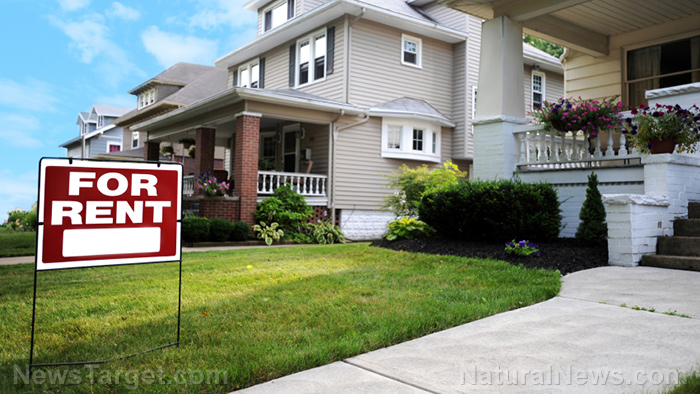
A ranking of America's most livable small cities by financial technology firm SmartAsset has found that the city of Troy, Michigan, a northern suburb of Detroit, is the United States' best overall small city.
SmartAsset's study highlighted the affordability, job opportunities and spacious living environments of 281 cities in the U.S. with populations of between 65,000 to 100,000. It considered other factors, including commute times, health care coverage and local amenities. (Related: Housing costs soar by 5.2% due to rising mortgage rates and low housing supply.)
In Troy, with a population of approximately 87,000, housing affordability stood out according to SmartAsset's study. Housing costs in Troy average just 15 percent of the median household income, which is $109,444.
Median monthly housing costs in Troy only amount to $1,365. This is slightly lower than the statewide median monthly rent of $1,375 and the national average of $2,139.
Troy also has a poverty rate of only 6.8 percent and a county unemployment rate of 2.9 percent.
Other notable achievements of Troy highlighted by SmartAsset are how 97.4 percent of its residents are covered by health insurance and how the city's workers have a mean commute time of 22.3 minutes.
Other small cities notable for high quality of life
The rankings were determined by comparing various metrics such as housing costs as a percentage of household income, poverty and unemployment rates, percentage of residents with health insurance, average commute times and the diversity of local businesses.
Following closely along Troy's trail is Rochester Hills, also in Michigan. This city has a low poverty rate of only 3.6 percent, significantly lower than the national average of 11.3 percent.
Eau Claire, Wisconsin, claimed the third spot due to its short commute times and strong economic indicators. The average commute time in Eau Claire is just under 16 minutes, contributing to a high quality of life for its residents. The city also boasts low unemployment rates and nearly universal health insurance coverage.
Franklin, Tennessee, and Redmond, Washington, rounded out the top five small cities. Franklin was noted for its abundance of arts, entertainment and leisure businesses, enhancing residents' quality of life. Redmond, on the other hand, offers residents short commute times and housing costs that amount to less than 20 percent of income.
According to the research, three Midwestern states dominated the top ten rankings. Michigan, Wisconsin and Minnesota were highlighted as states with the most livable small cities. Other cities recognized for livability include Appleton and Oshkosh in Wisconsin, and Plymouth in Minnesota.
Lakeville, Minnesota, ranked 15th overall, with a standout statistic of having the lowest percentage of residents living below the poverty line at just 2.3 percent. Champaign, Illinois, boasts the shortest average commute time among the cities studied, clocking in at just 13 minutes.
Palo Alto, California, renowned as the birthplace of Silicon Valley, reported one of the highest median household incomes in the study at $179,707. The city's wealth of accommodation, food, arts and recreation businesses contributed to its high livability ranking.
West Des Moines, Iowa, with a population of just over 70,000, also received recognition for its affordability. Housing costs in West Des Moines are approximately $1,277 per month, equivalent to 17.9 percent of income, making it an attractive option for residents seeking a high quality of life.
Overall, the study underscores the diverse appeal of America's most livable small cities, offering economic advantages and a comfortable lifestyle for residents across different regions of the United States.
Learn more about the state of housing in America at HousingBomb.com.
Watch this video from John Williams discussing how there is a conspiracy to demolish America's largest cities.
This video is from the ThisIsJohnWilliams channel on Brighteon.com.
More related stories:
Montana's pandemic-driven real estate boom causes sudden increase in property taxes.
Florida home prices stagnate as housing supply surges.
End of home owners? The rise of build-to-rent communities.
The cost of a monthly mortgage payment for a typical U.S. home has NEARLY DOUBLED in just four years.
John Rubino: Commercial real estate sector under Biden is going DOWN THE DRAIN.
Sources include:
Please contact us for more information.

















